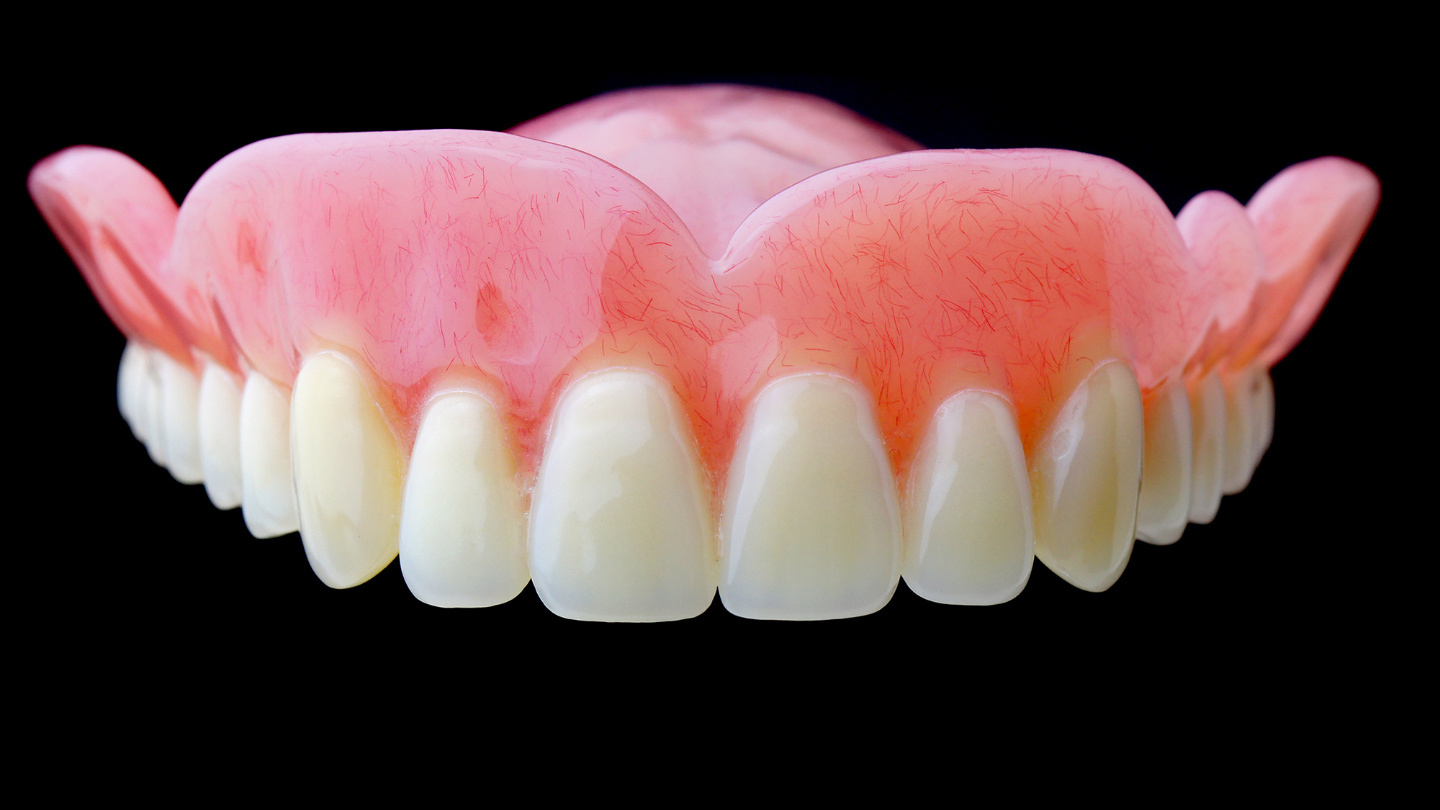Tooth decay: Mouthwash turns your teeth blue when it’s time to go to the dentist

- Tooth decay affects more than 2.3 billion people worldwide.
- The leading cause of tooth decay is acidic plaque produced by bacteria.
- A special ferumoxytol solution specifically breaks down acidic plaque and stains teeth blue if professional cleaning is necessary.
Tooth decay is a major unresolved public health problem that affects close to 2.3 billion people worldwide (30 percent of the world population), with over 90 percent of US adults having experienced tooth decay at some point.
A nanoparticle solution consisting of a compound called ferumoxytol may hold the answer for treating, preventing, and even diagnosing tooth decay, suggest researchers from the University of Pennsylvania and Indiana University.
Treating tooth decay
The mouth is home to at least six billion microbes, representing over 700 species, some of which are associated with oral health and others with various types of disease. It is not the microbes themselves that cause tooth decay, but rather the sticky, acidic plaque produced by certain species of microbes. The most infamous culprit is Streptococcus mutans.
The first step toward treating tooth decay, then, is removing these acidic plaques. Your everyday oral regime removes a lot of it (with at least one type of electric toothbrush removing 30 percent more than manual brushes). But eventually, the plaque that is left behind builds up and needs to be removed by a professional.
Yuan Liu, Hyun Koo, and their team of researchers sought to determine if a ferumoxytol solution could remove plaque. Sold under the trade name Feraheme, ferumoxytol is typically used to treat iron deficiency anemia. The authors knew that the compound also has shown success in breaking down biofilms, a sort of slimy neighborhood for bacteria. So, they figured it might help treat dental plaque, and they were right. In fact, the authors described it as having “completely eradicated“ acidic plaque from the surface of tooth enamel.
Preventing tooth decay
Treating tooth decay requires removing acidic plaque, but preventing tooth decay requires stopping those plaques from developing in the first place. Acidic plaques are produced by only a few of the 700 oral microbe species. Other species (e.g., Streptococcus oralis) are beneficial to our health and actually can help prevent tooth decay by inhibiting the formation of plaque.
When we brush our teeth and use mouthwash, we remove bacteria indiscriminately. This is better than not removing any bacteria at all, but it isn’t the best option. Ferumoxytol might provide a better one because the researchers discovered that it selectively killed the bad bacteria that produce acidic plaque but left the good bacteria unscathed.
Diagnosing tooth decay
So, ferumoxytol can treat tooth decay. It can prevent tooth decay. But wait, there’s more! It can also diagnose the earliest stages of tooth decay.
The first stage of tooth decay occurs when the tooth’s protective enamel begins to demineralize. This weakens the enamel, but it is reversible if treated before holes (that is, cavities) develop. In general, it takes about six months for holes to develop, which is why the general guideline for professional teeth cleaning is every six months.
But this guidance is a bit arbitrary. It largely depends on how much plaque has built up, which is highly dependent on age, genetics, and lifestyle. Some people need a cleaning as often as every two months; others could go as long as a year between cleanings. Is there a way to know if you are one of those people who could use extra cleanings?
As it turns out, a ferumoxytol solution can do that too because the research team converted it into a “theranostic” — a treatment with both therapeutic and diagnostic applications. They added a dye that turns blue in the presence of acidic plaque. The more acidic plaque there is, the bluer the teeth become.
“It can also be used at home,” said Koo. “You could rinse with it, see how much cavity-causing plaque there is, and then treat with the solution or consult a dentist for follow-up treatment.”
Next up: long-term clinical studies.





